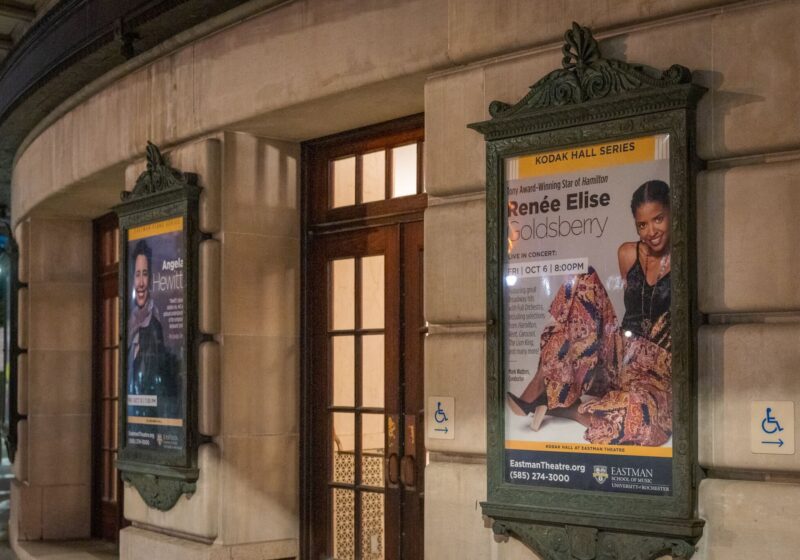Last Tuesday, at a meeting in Houston, the NFL owners voted to approve a move that would relocate the St. Louis Rams to Los Angeles at the start of the 2016 NFL season.
The move was part of the NFL’s attempt to reenter the second-largest media market in the country, Los Angeles. St. Louis was by far one of their lowest-producing markets. In the past two seasons, the Rams have produced the lowest and third-lowest revenues out of all 32 teams in the NFL.
The last time the St. Louis Rams were a competitive football team was circa 1999, when most college students were just starting elementary school. They were nicknamed “The Greatest Show on Turf” and had a record-setting offense from 1999-2001 behind football legends: Kurt Warner, Marshall Faulk, Bruce Isaac, and Tory Holt. Since 2001, they have had just one winning season (one with more wins than losses) and only two playoff appearances. A change for this organization was inevitable.
“I think what happened over the last years is we had two outstanding opportunities, both of these stadium projects were outstanding,” NFL Commissioner Roger Goodell said at a news conference 11 hours before the voting began.
Many thought that the San Diego Chargers were the front-runners for the nod to move to Los Angeles. Some fans were so sure that they were saying their final goodbyes at the Chargers’ last game of the 2015-2016 regular season. Their proposal was a two-for-one, where both the Raiders and Chargers would relocate and share a stadium in Carson, CA. In the end, the tipping point for the Rams in getting the nod was owner Stanley Kroenke’s plan to finance and build a new stadium in Inglewood, CA, which is estimated to cost around 1.9 billion dollars. Instead, the Chargers now have one year to decide whether to join the Rams or to try to make things work in San Diego. If they choose to stay, the option will go to the Raiders.
Los Angeles is familiar territory for the Rams. From 1946 to 1994, they were the Los Angeles Rams, and a consistent playoff team in the ‘70s and ‘80s. The original L.A. Rams were best known for being the home of Eric Dickerson, who is seventh on the all-time rushing list, and arguably one of the greatest running backs ever to play the game.
Not only does the move affect the organization and its players, but it also affects the fan base that supported the team in St. Louis. In an effort to prevent the relocation, each team’s current city was given the opportunity to make a proposal to entice the NFL to stay in that market. Unfortunately, none of the proposals were enough to impress the owners. When talks about relocating became serious, the NFL hosted public hearings in which fans could voice their opinions. Many fans showed up to condemn Kroenke, who had given up on St. Louis. He was once revered for bringing the Rams to St. Louis but was now a traitor. Unlike Kroenke, the effects of the move were not lost on Commissioner Goodell.
“A relocation is a painful process,” Goodell said during his announcement of the decision. “It’s painful for the fans, for communities, for the teams, for the league in general. Stability is something that we’ve taken a great deal of pride in.”
To his credit, the NFL has been stable. The last relocation happened almost 20 years ago, when the Houston Oilers moved to Tennessee in 1997, becoming the Tennessee Titans. But in the end, the NFL is still a business. The league it will continue to follow the money because you don’t earn 7.2 billion dollars a year in revenue for following your heart. In the end, it’s the numbers you follow.


